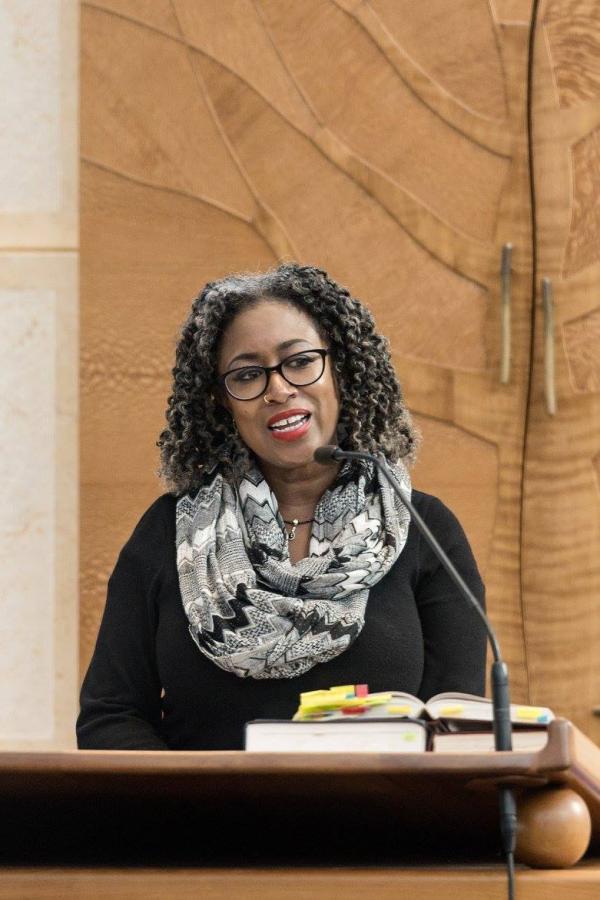
By Kristi Laughlin, Associate, San Francisco
In anticipation of Black History Month, our San Francisco Associates planning team began contemplating ways we might center the voices and experiences of African Americans in our prayer and reflection for our February gathering. We had dedicated many meetings in 2020, in the wake of the murder of George Floyd and the racial uprisings, to sharing our own personal journeys of reckoning with racism. However, we had not really checked back in with one another for quite some time.
Yet, in 2020, we had all articulated how important it was for our own Associate group to serve as a “circle of discernment, solidarity, and accountability in pursuit of racial justice and living as One Body.” We recognized that we needed each other to nudge us along the sometimes-arduous path of awakening to the ways that we have been complicit in behaviors and structures that oppress BIPOC communities and perpetuate anti-Blackness. The Reverend Dr. William Barber said in a 2020 speech, “if we take time to listen to this nation’s wounds, they tell us where to look for hope.” I think this is deeply resonant with our Sacred Heart spirituality, where we hold and tend the open wounds of Christ with the understanding that this is the path for transformation.
So, in this spirit, our group listened to a talk by the Womanist biblical scholar and Episcopal priest, Rev. Dr. Wil Gafney. She powerfully addresses how white supremacy dominates in Biblical interpretation and continues to do harm by sanctifying whiteness and denigrating Blackness. The 9-minute YouTube video we watched together proved provocatively eye-opening. Notably, she mentioned impactful phrases that I, as a white person, had never really noticed. For example, she mentioned the infamous passage in the Song of Songs where they talk about a black woman, and the verse has been translated for generations as “Black butbeautiful”, even though the original text says “Black and beautiful.” Dr. Gafney says this interpretation perpetuates white supremacy by planting Blackness in opposition to beauty, and portraying whiteness as the epitome of beauty.
In our discussion, we also noted that much of our examination of how racism has been playing out has been looking at “secular” structures in our society – in the criminal justice system, in housing, in healthcare. Yet we have not looked enough at our own religious institutions, theologies or spiritualities, which so often provide justification for bias or exclusion.
So, we invite our whole family of Associates and the entire Sacred Heart family to journey with our group as we further delve into more videos by the Reverend Dr. Wil Gafney, and do the necessary racial reckoning with our own faith tradition.
Photo credit: The Reverend Wil Gafney, Ph.D. from Wikimedia Commons
